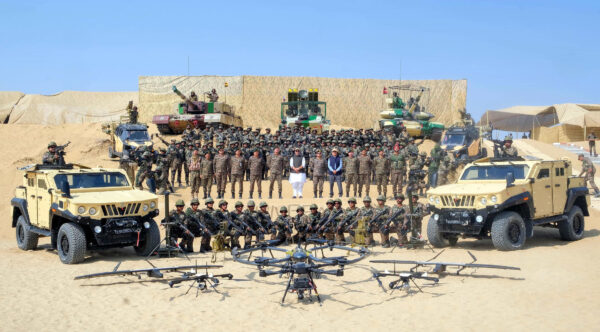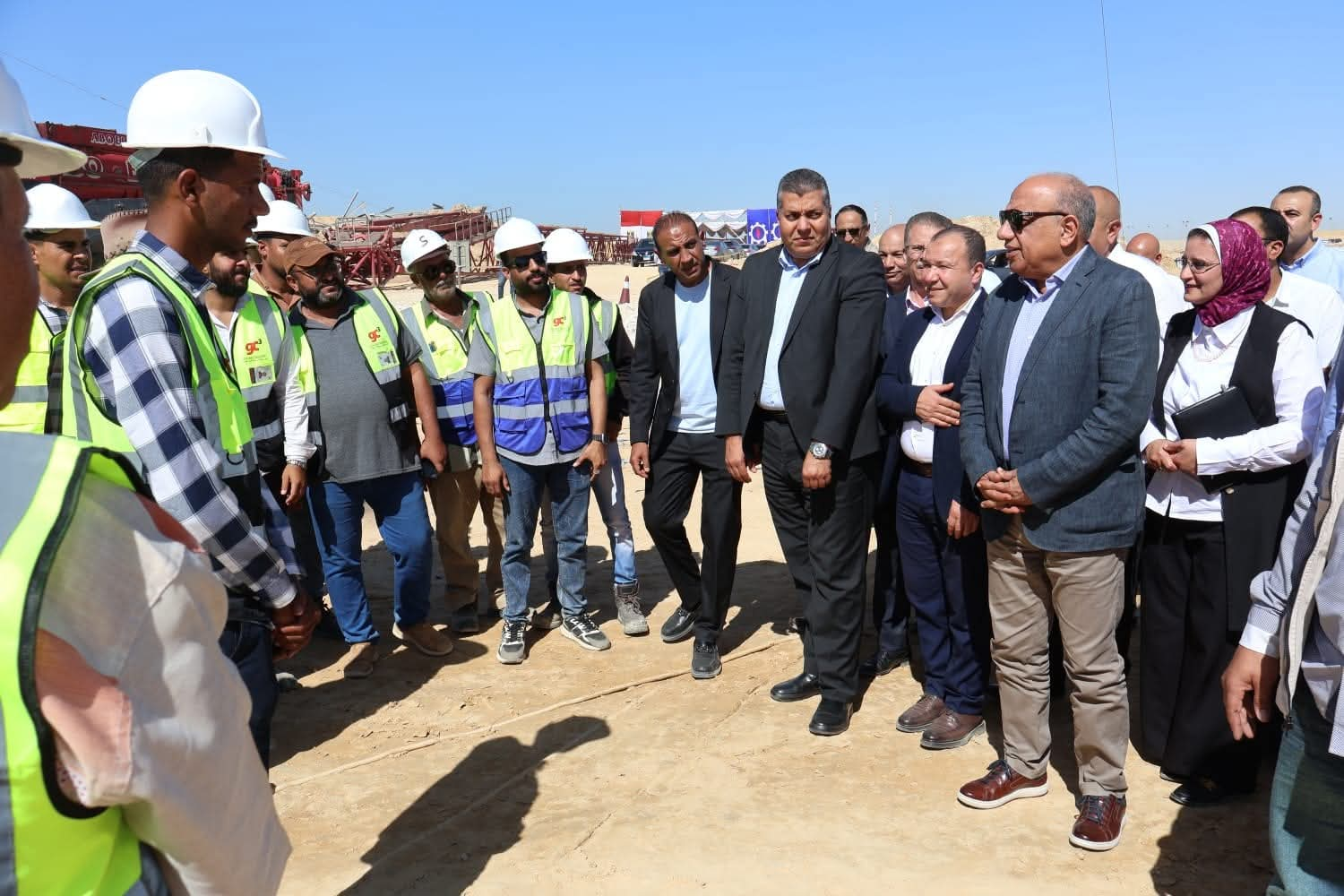Copyright thediplomat

In the aftermath of Operation Sindoor, the Indian military announced several new initiatives aimed at transforming the armed services. The Indian Army has taken a lead in this regard, and is restructuring its formations. This is evident from the establishment of five Bhairav battalions, two Rudra brigades, and the raising of Ashni drone platoons. The newly established units are mostly deployed along the western and northern borders. They are also actively participating in military exercises, including the 12-day tri-services drill going on along the Pakistan border. What is the rationale behind this transformation, which is happening while India is still technically on a war footing? Before further deliberation, it is crucial to define “military restructuring”: it is the reorganization of military units by either merging them into one another or establishing new units by extracting resources from the existing ones. This process also involves equipping the new units with advanced weaponry and high-end tools. However, any restructuring remains subservient to the existing military doctrine. This implies that if doctrine changes, restructuring is likely to happen as well. This activity does not occur in a vacuum but as per the demands of the new threat perception. Soon after the India-Pakistan hostilities ceased on the evening of May 10, the Indian political and military establishment announced it would “pause” Operation Sindoor, rather than ending it. Apparently, a consensus was reached to keep the military operation alive in order to bypass the Defense Ministry's bureaucratic red tape. The Indian bureaucracy takes a long time to pass changes. However, during an emergency or war-time scenario, the Emergency Procurement (EP) clause applies. Under the EP clause, the armed forces can procure equipment and replenish war stock on an urgent basis, typically within 3 to 6 months. These powers are activated during conflicts, tensions, or natural disasters. For the Indian Army, this process began shortly after the ceasefire was announced: the government authorized the military to procure equipment worth 400 billion Indian rupees (around $4.5 billion). The action by the Modi administration was nothing new. In 2016, a precedent was set when the Modi government, then in its first term, approved the first EP immediately following the Uri incident. Seizing the latest opportunity, the Indian Army began restructuring its forces at a rapid clip after Operation Sindoor. As part of this process, the army established Rudra combined arm brigades, Bhairav battalions, and Ashini platoons. However, to equip the new formations with modern weapons requires a large sum of capital. Therefore, the army requested funds under the EP clause to procure these weapons on an urgent basis. The two newly established Rudra brigades are deployed under the Eastern and Northern Commands. They are an upgraded version of the Independent Battle Groups (IBGs), but it is possible that the Indian Army may keep the IBG concept in place as well. The brigades are based on the concept of having a quick reaction force in each sector, able not only to launch swift incursion into adversary territory but to halt a sudden intrusion by the adversary as well. The brigades are now fully operational, as evident from their participation in field maneuvers. Out of five operational Bhairav battalions, three are placed under the Northern Command, with the 14 Corps in Leh, 15 Corps in Srinagar, and 16 Corps in Nagrota. The remaining two battalions are integrated with the 12 Corps and 3 Corps, under the Southern and Eastern Commands, respectively. Four more battalions will soon be raised, and the target is to establish 25 units within the next six months. Moreover, the Indian Army is moving to equip 380 infantry battalions with Ashni drone platoons. Each platoon is divided into two main elements: a strike section and a surveillance section equipped with surveillance drones. The Ashini platoons have been tested so far in various military exercises in the last two months, including Yudh Kaushal 3.0, Ashni Prahar, and Thar Shakti 2025. Besides raising these new units, the Indian Army is equipping them with modern gadgets and weapons. To accomplish this objective, it received the first tranche of money in June 2025, and placed an order worth 19.81 billion Indian rupees to purchase six types of loitering munitions and four kinds of surveillance drones to arm the Ashni platoons, along with procurement of low-level radars, very short range air defense system launchers and missiles, quick reaction fighting vehicles, and night-sights for rifles. Javelin missiles and launchers, AK-630 Guns, counter-drone systems, and many other weapons have also been purchased under the fast-track procedure since May 2025. It is a famous quip within Indian military circles that “it takes less time to fight a war than to procure the weapons needed to fight one,” because the system for procurement operates on a glacial timeline. The Modi administration was aware of this fact when it came to power in 2014. Therefore, it has repeatedly allowed the military to use the EP clause to acquire critical systems as needed to swiftly enhance operational readiness. This practice is likely to continue because changing decades-long bureaucratic norms will take time. The restructuring of the infantry units is just the beginning. In the future, armored, artillery, and air defense formations will also be restructured. This illustrates the Indian Army’s new doctrinal approach, which focuses on creating rapid-response fighting formations equipped with the latest weapons and technology, including drones capable of operating independently during short missions. Pakistan should closely monitor these developments because Bhairav battalions, Rudra brigades, and Ashni platoons will be employed in any future conflict along with India-Pakistan border. Moreover, these capabilities could tempt the Indian Army leadership into a misadventure, especially as its current leadership recently threatened to wipe out Pakistan from the world map. The signaling from New Delhi is clear; it will no longer wait years to modernize its military. Instead, the political establishment is ensuring that the tri-services will receive all the necessary funds for their modernization as quickly as possible, by augmenting their capabilities while on a war footing. The ultimate purpose is to keep India’s forces in line with the current doctrinal thinking of the Indian military, which is to retain an all-time combat-ready capability to conduct strikes swiftly.



